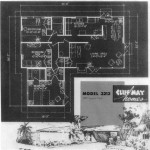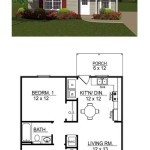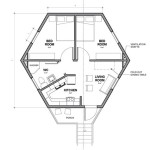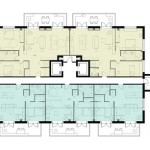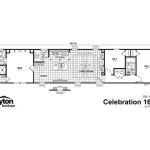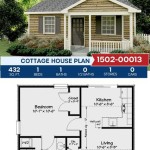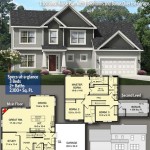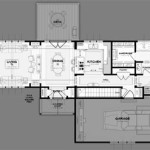3 Story Row House Floor Plans: Exploring the Vertical Living Space
Row houses, with their characteristic narrow facades and shared walls, offer a unique and often charming urban living experience. Three-story row houses, in particular, provide an intriguing solution to the challenges of limited space in densely populated areas, maximizing verticality to create comfortable and functional interiors. Understanding the layout and design considerations of 3-story row house floor plans is essential for potential buyers and renovators alike, as they embark on their journey to transform these vertical spaces into personalized havens.
Optimizing Space: The Benefits of a 3-Story Row House
The choice of a 3-story row house offers several distinct advantages:
-
Efficient Use of Land:
Row houses maximize land utilization, allowing for a greater density of homes in a given area. This is particularly valuable in urban environments where land is scarce and expensive. -
Increased Living Space:
Compared to single-story or two-story homes, 3-story row houses offer significantly more living space without compromising on yard size. This additional square footage can be allocated to bedrooms, bathrooms, home offices, or other desired amenities. -
Natural Light:
With windows on multiple levels, 3-story row houses enjoy greater exposure to natural light. This can improve the overall ambiance of the home and reduce the need for artificial lighting during the day. -
Community Atmosphere:
The interconnected nature of row houses often fosters a sense of community among residents, creating a unique social dynamic that is not always present in detached homes.
Typical Floor Plan Layout: Navigating the Levels
While 3-story row house floor plans can vary considerably depending on the age, style, and individual design choices of the home, there are some common features that are often present:
-
Lower Level:
This level typically serves as a basement, which can be unfinished or finished according to the owner's needs. It's often used for laundry, storage, or as a recreation space. -
First Floor:
The first floor is traditionally the heart of the row house, encompassing the living room, dining area, kitchen, and sometimes a powder room. It's often characterized by a connected, open-plan layout for a sense of flow and spaciousness. -
Second Floor:
This level typically houses the bedrooms and one or more bathrooms. It's often designed with privacy in mind, with separate bedrooms for each family member. -
Third Floor:
The third floor can be used in a variety of ways, depending on the homeowner's needs. It can be used as an additional bedroom, a home office, a playroom, or even a master suite complete with a private bathroom and walk-in closet.
In some cases, the third floor may be a loft-style space, characterized by high ceilings and an open layout. This can create a unique and airy atmosphere, ideal for creative pursuits or entertainment. It's important to note that the specific layout of a 3-story row house can vary considerably depending on its architectural style, the period it was built, and any renovations that have taken place.
Design Considerations and Challenges
The design of 3-story row houses presents unique considerations and challenges:
-
Staircase Placement:
The staircase is a crucial element in any multi-story home, and its placement and design can significantly influence the flow and functionality of the space. Carefully considering staircase location, size, and style is essential to ensure easy access to all levels while maintaining a sense of balance and harmony in the overall layout. -
Natural Light and Ventilation:
While the multiple levels of a 3-story row house can increase natural light exposure, it's important to ensure proper ventilation for each floor. Strategically placed windows and skylights are essential to maintain a comfortable indoor environment, especially in spaces like bedrooms and bathrooms. -
Soundproofing:
The shared walls of row houses can sometimes lead to noise transmission between units. Proper soundproofing techniques, including using sound-absorbing materials and insulation, can minimize noise transfer and enhance the privacy of each individual home. -
Fire Safety:
As with any multi-story home, fire safety is of paramount importance. Smoke detectors, fire alarms, and fire escape plans are essential elements to ensure the well-being of its residents.
By addressing these design considerations and challenges, homeowners and renovators can transform 3-story row houses into comfortable, functional, and aesthetically pleasing living spaces.

Townhomes Townhouse Floor Plans Urban Row House Plan Designers Design Narrow Designs Condo

Townhomes Townhouse Floor Plans Urban Row House Plan Designers

Townhomes Townhouse Floor Plans Urban Row House Plan Designers Town Design

Urban Loft Townhomes Modern Row House Townhouses Floorplans Home De

3 Level Row House With Bonus 85116ms Architectural Designs Plans

Building Designs By Stockton Plan 5 2322 Narrow House Plans Town Floor

Urban Townhome Floor Plans Town House Development Row Construc

Modern House Plans By Gregory La Vardera Architect Row Concept Looking Back

Community Architect Anatomy Of The Baltimore Rowhouse

Urban Townhome Floor Plans Town House Development Row Construc

